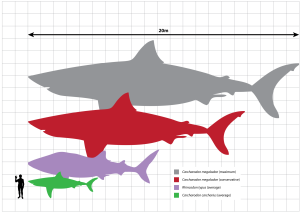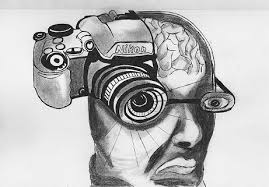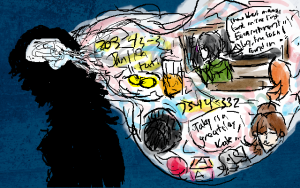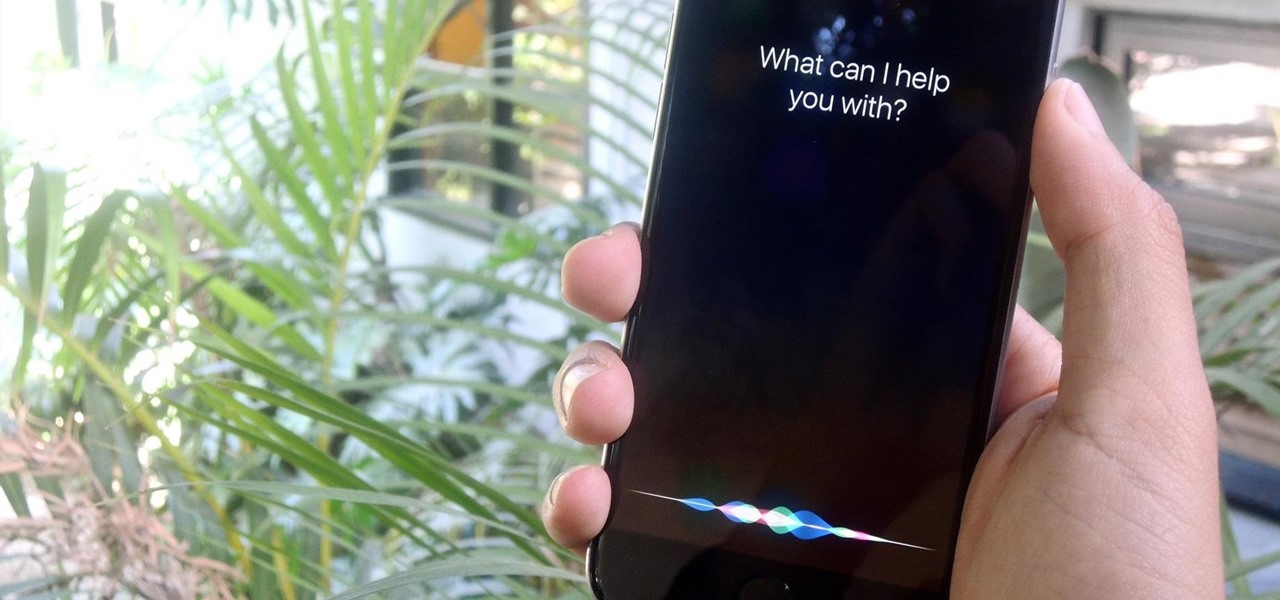Have you ever wondered why some people are naturally talented at singing while others are not? How did Beyonce, Justin Timberlake, and Christina Aguilera become so talented? Was it years of practice, or were they born with the talent? Through playing the flute for nine years,  I
I
always thought that it would help me better my singing. While nearly everyone else in the wind ensemble had beautiful voices, I always sounded like a frog. This caused me to wonder: why do some people sing extremely well without trying, while others cannot, even while putting forth effort?
Poor singing has an actual scientific definition: “it involves a deficiency in three areas: pitch accuracy, the ability to keep time, and note memory.” Therefore, it is clear that numerous factors go into one’s ability to sing. Genetics affect “the shape and size of the vocal folds and the larynx. The shape of a person’s skull is also responsible for the shape and size of the pharynx and the nasal cavities, a person’s natural resonators.” Each of these has a correlation with a human’s ability to sing. An example of this would be guitars. If you play multiple different guitars, even while using the same strings, each guitar will sound unique due to the individual shape and size (Medical Daily).
According to one study, the reason for poor singing is not what most people previously believed. The study involved the use of a slider, with which one is able to produce different sounds and pitches. Participants included both musicians and non-musicians. Each individual was told to recreate the pitch that was played for him or her by using the slider. However, the subjects were not allowed to use their actual voice. This study showed no difference in accuracy between musicians and non-musicians. After, the participants had to match the played pitch with their voice only. In this activity, the musicians had more success. Therefore, the National Center for Biotechnology Information suggests that a majority of singing deficits result from “poor motor control and timbral-translation errors” (NCBI). To me, this seems like something that can be improved through practice.
It is extremely clear that there is a huge genetic factor in singing. This makes me wonder: is there a singing gene? According to ABC news, there is high speculation that there is in fact a music gene. David Huron, a professor of music at the Ohio State University (sorry for the reference, but I had to), believes that “the music gene would have arisen tens or hundreds of thousands of years ago, and conferred an evolutionary advantage on those who possessed it. Natural selection would have nurtured the gift of music, favoring those who possessed it with more offspring who were themselves more likely to reproduce.” Huron credits many possible biological roots of music. One strong example he gives is the ubiquity of music. Whether it be native tribal songs or the raves that take place in Amsterdam, music is a unique part of each individual culture (ABC news). I am currently taking a human development and family studies class, in which we are discussing different affects gene correlation has on children. Passive correlation occurs only in young children, when they are unable to make decisions for themselves. An example of this is in reading. If a mother has a love for reading, it is likely that her family’s home will have an abundance of books. Also, the mother will probably take her children to the library often, and encourage them to read. This is likely to result in the children’s love for reading: both because the children are exposed to it, and also because they share the common gene with their mother. I believe that the same goes for singing. If a parent has a strong love for music, they are likely to be continuously singing and playing music throughout the house. These parents are also more likely to encourage children to play instruments of their own, by signing them up for music lessons and buying them children’s instruments from an early age. These children are at a huge advantage for being successful in the music industry because first off, they are likely to have the music gene that has been passed down by a parent. Second, the positive encouragement that would take place is vital for successs.
Mental aspects also play a huge role in singing. Many people doubt themselves and their talents, and therefore their singing goes unheard. It is essential that all music teachers and professionals teach confidence in their students and admirers. Of course, the environment also plays a large role in singing abilities. Those who are raised in an environment where singing is not only encouraged, but also praised, have a higher chance of succeeding in music.
While some people do naturally have beautiful voices and perfect pitch, it takes a majority of people years of strong practice to become a good singer. The study I mentioned above from the NCBI shows that as humans, we are able to recognize distinct pitches and recreate them on an instrument, however it is hard to recreate the sound with our voices. I believe that we all have the innate ability to recognize pitches, although some are unable to hear the pitch that they are singing when they try to recreate it. This makes it hard to match pitches together, which in turn will result in poor singing. According to new research from Northwestern University, “singing accurately is not so much a talent as a learned skill.” Steven Demorest, a professor of music at Northwestern’s School of Music believes that the ability to sing directly relates to playing an instrument. ” ‘ No one expects a beginner on violin to sound good right away, it takes practice, but everyone is supposed to be able to sing… When people are unsuccessful they take it very personally, but we think if you sing more, you’ll get better” (Deardorff). There is hope! A study that was published in the journal Music Perception compared the singing abilities of three groups: kindergarteners, sixth graders, and college-aged adults. In one specific test, the individuals were asked to listen to four repetitions of a single pitch, and then sing back what they heard. Not surprising, “the study showed considerable improvement in accuracy from kindergarten to late elementary school, when most children are receiving regular music instruction. But in the adult group, the gains were reversed…suggesting the ‘use it or lose it’ effect” (Deardorff). The study also showed how children who are called “tone deaf” and made fun of for their poor singing abilities are not likely to engage in music in the future. (Deardorff). Neglecting to practice will never make you better, whether it be singing or in sports. It is important to always continue trying, and in turn, you will see improvements.
If you have listened to your favorite singers over time, whether it be for one year or for ten, you are likely to have noticed a significant change in their voices. I know that I have always been a huge fan of Taylor Swift. Taylor sings extremely different now than she did five years ago, and in a good way. While I believe that part of it is maturity, I also can say with confidence based on these studies, that Taylor Swift’s improvement in her voice is a result of consistent and thorough practice.
Therefore, we now know that singing is comprised of numerous physical, mental, and  environmental factors. “Not everyone is going to be a top athlete… but with the right coach and lots of practice, you can surely see results” (Medical Daily). While we may never match up to Beyonce, practicing our singing will definitely improve our musical talents.
environmental factors. “Not everyone is going to be a top athlete… but with the right coach and lots of practice, you can surely see results” (Medical Daily). While we may never match up to Beyonce, practicing our singing will definitely improve our musical talents.
 Only 29 of those eggs developed into embryos that could be implanted, and of these, only one resulted in a live birth. ” So to create another person would be hard. But scientists think that cloning could help paralyzed or sick people, even possibly curing Parkinson’s disease. This type of cloning is called therapeutic cloning.
Only 29 of those eggs developed into embryos that could be implanted, and of these, only one resulted in a live birth. ” So to create another person would be hard. But scientists think that cloning could help paralyzed or sick people, even possibly curing Parkinson’s disease. This type of cloning is called therapeutic cloning.


 the legs for 3 to 4 months. However, this isn’t always successful as pain may return afterwards anyways.
the legs for 3 to 4 months. However, this isn’t always successful as pain may return afterwards anyways. I
I





 tand how students find it easier to take notes on a computer. So now I am wondering whether or not one form of taking notes is better than the other? Should
tand how students find it easier to take notes on a computer. So now I am wondering whether or not one form of taking notes is better than the other? Should











 archers found no evidence of a connection between breast cancer risk and the hours at which a woman
archers found no evidence of a connection between breast cancer risk and the hours at which a woman
 rs produced during emotional crying have a chemical composition which differs from other types of tears. They contain significantly greater quantities of the
rs produced during emotional crying have a chemical composition which differs from other types of tears. They contain significantly greater quantities of the  Everyone assumes that
Everyone assumes that 






